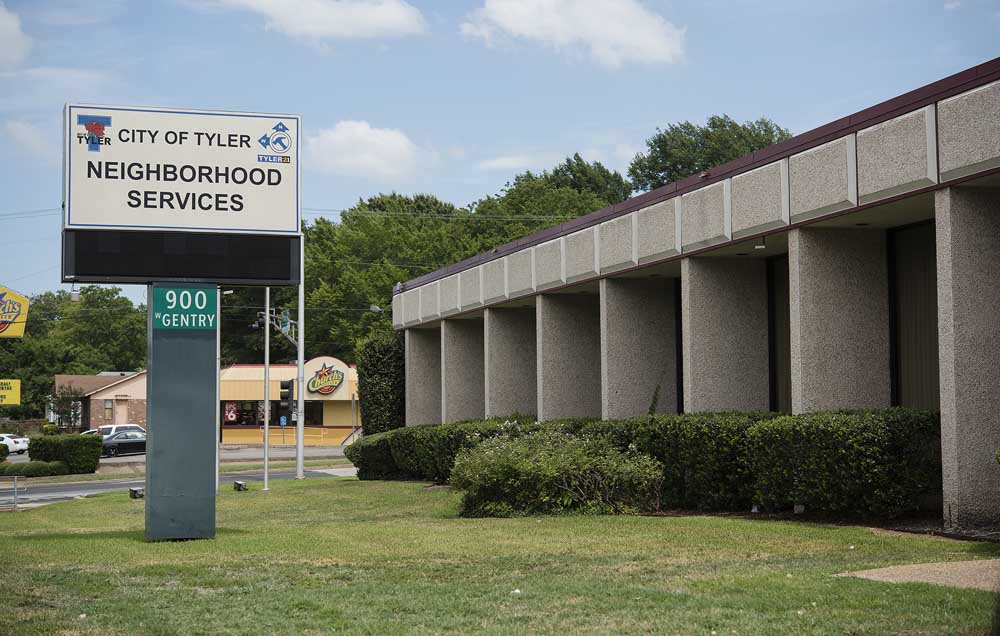Future of water needs in Texas focus of forum
Published 10:04 pm Thursday, April 24, 2014
Speakers spoke on future water needs of communities in Northeast Texas from urban and rural perspectives during a regional public water forum Thursday sponsored by the Northeast Texas Branch of the American Society of Civil Engineers.
The forum, held at The University of Texas at Tyler, attracted about 50 attendees.
Walt Sears, general manager of the Northeast Texas Municipal Water District, presented the perspective of the rural population.
Wayne Owen, planning director for the Tarrant Regional Water District, presented the urban perspective.
Passage of the state water fund on the November 2013 ballot provided funding for the state’s water plan.
“The long drought in Texas is becoming more of an issue to deal with in water strategies and different groups have different priorities with urban and rural needs,” Sears said.
“Over 1,000 water systems in Texas are having to restrict water usage, and one-third of the lakes in the state are empty,” Sears said, observing that Texas is doing water planning in a panic mode.
Surface water is owned by the state and a permit is required with some exceptions for its use while private property owners own groundwater underneath the land they own, Sears said.
State agencies that have a primary role in implementing water strategy are the Texas Water Development Board and the Texas Commission on Environmental Quality, Sears said. About $2 billion is available for the program, he added.
There is state, federal and local participation in water planning and an effort to come up with a stronger, better regional plan, Sears said.
Regional planning is done every five years and projects water demand, existing and projected water and any surplus or needs, Sears said. Reservoirs in Northeast Texas were 76 percent full in April, he noted while pointing out weather patterns of the past decade are atypical in Texas.
The departure from normal precipitation is not the same throughout the state, Sears said, observing improved conditions now in Northeast Texas.
Where water systems are having trouble, Sears said, are concentrated in Dallas-Fort Worth, Harris County and Austin-San Antonio and those areas are projected to experience the most population growth over the next 50 years.
Water demand projections are in several areas, including irrigation, municipal use, manufacturing, mining and livestock.
“We are going to have to have more supply than demand,” Sears said.
“Responding to drought in the 1950s, Texas created a state agency and in 1997 we asked that state agency be more active with local input, and in 2011, we put money to this problem,” Sears said.
The areas that are predicted to experience the greatest growth are the ones where the resources are stretched the worst, Sears said, emphasizing the need to figure out how to meet the increasing demand in light of existing supplies.
The state water management plan recommends $231 billion in capital costs for water supplies, water treatment and distribution, wastewater treatment and collection and flood control.
Sears said Lake Palestine is one of the state’s existing lakes that is being presently “underutilized.”
“We are projecting as a state that a third of our future need is going to come from things we already have that are just not efficiently using,” Sears said.
“If we do nothing, over 50 percent of the state’s population in 2060 would face a water need of at least 45 percent of their demand during a repeat of a drought of record conditions,” Sears said.
Owen pointed out that the Texas constitution enabled creation of thousands of water districts across the state tailored to the specific needs of a region or county or town.
“I feel the districts have been largely effective across the state and most are governed quite well by local people to support local need,” Owen said.
The Tarrant County Regional Water District, Owen said, provides untreated water to 30 customers that treat the water and supply 70 cities, primarily Fort Worth, Arlington, Mansfield and Trinity River Authority.
The district built four reservoirs and more than 80 percent of its water comes from East Texas lakes (Richland-Chambers and Cedar Creek),” Owen said.
The district is in the initial construction of its largest pipeline, 107 inches in diameter, from Lake Palestine and hopes to have a pipeline complete from Cedar Creek to Tarrant County by 2019, Owen said.
Owen described several projects and efforts by the district to meet growing urban water needs.
The metroplex population is projected to double by 2070 and will need additional water supply, Owen said. There is a lot of water in Northeast Texas and the district is working to pursue projects in the region, he added.
The Marvin Nichols Reservoir would be a huge addition, Owens said. The district considered a Toledo Bend pipeline and even tried to secure water supply from Oklahoma, he said






